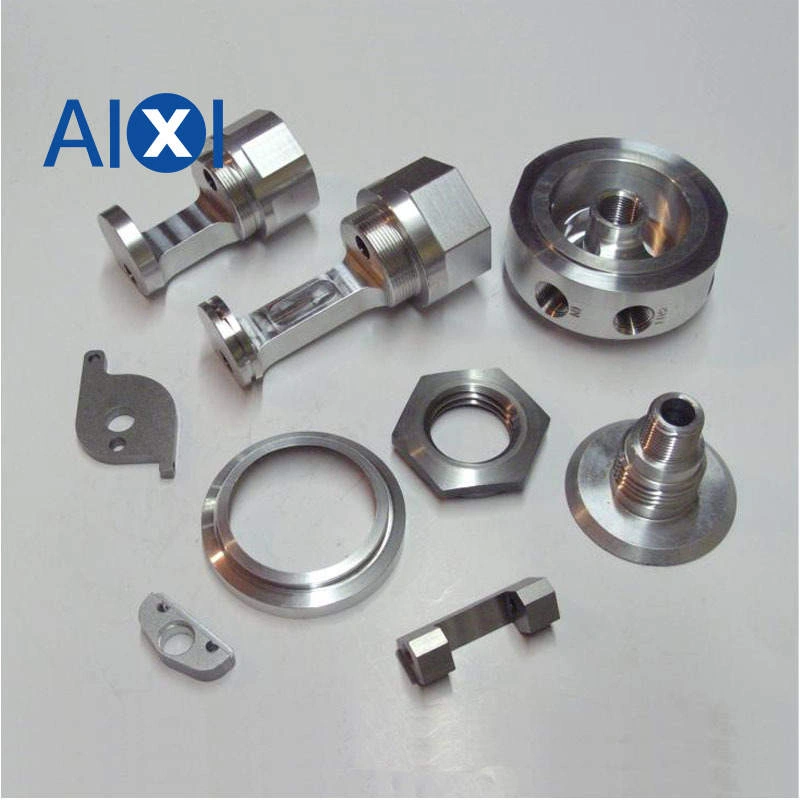What are the surface treatments of CNC steel ?
Surface treatment can be divided into four aspects:
1. Mechanical surface treatment: sandblasting, shot blasting, polishing, rolling, polishing, brushing, spraying, painting, oiling, etc.
2. Chemical surface treatment: blue and black, phosphating, pickling, electroless plating of various metals and alloys, TD treatment, QPQ treatment, chemical oxidation, etc.
3. Electrochemical surface treatment: anodic oxidation, electrochemical polishing, electroplating, etc.
4. Modern surface treatment: chemical vapor deposition CVD, physical vapor deposition PVD, ion implantation, ion plating, laser surface treatment, etc.


 Deutsch
Deutsch Français
Français 日本語
日本語 Español
Español